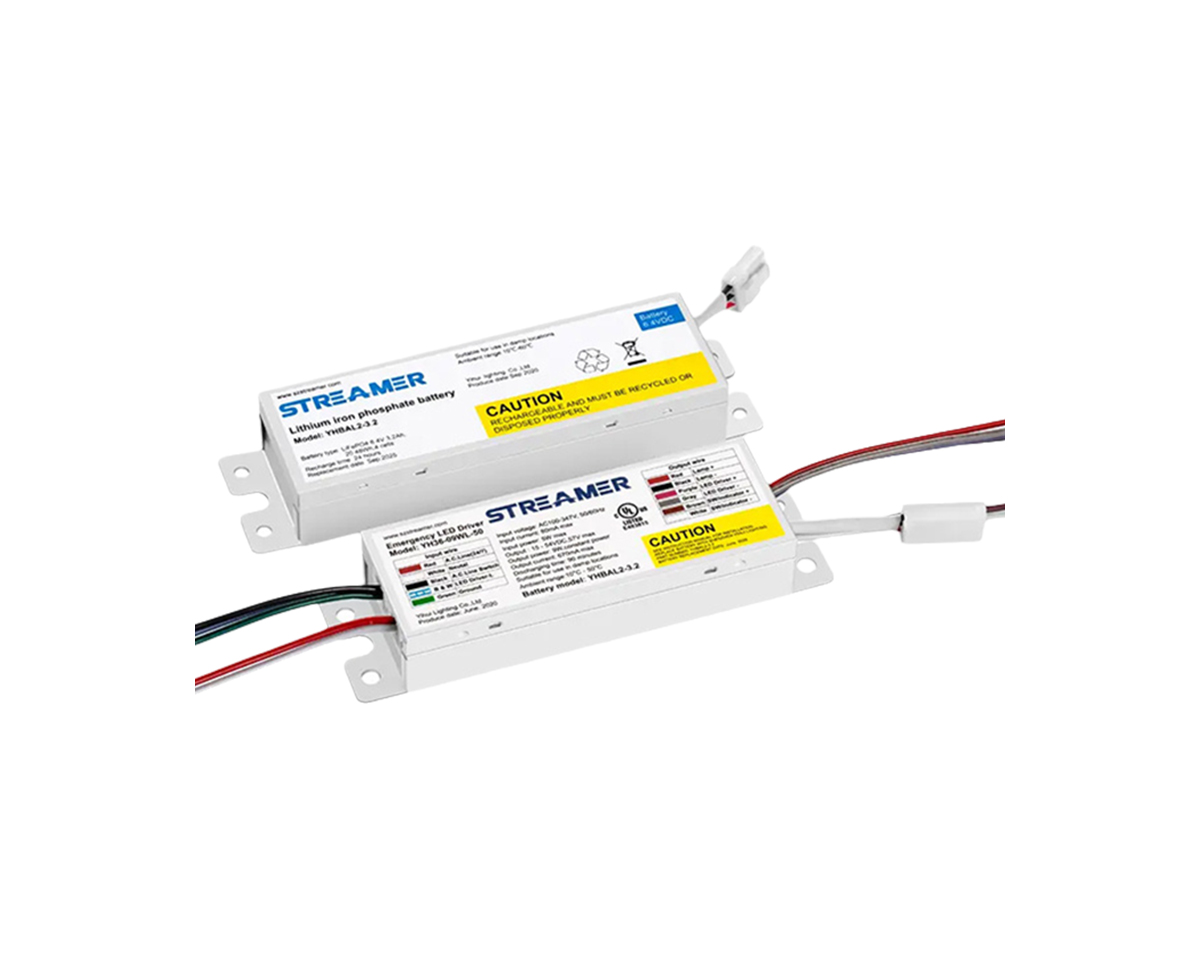 1
1
 Jun 06, 2025
Jun 06, 2025

The printed circuit board (PCB) layout design of LED emergency converters is a critical factor that significantly impacts the performance, reliability, and electromagnetic compatibility (EMC) of the device. A well - designed PCB layout can minimize signal interference, improve heat dissipation, and optimize the use of space.
When starting the PCB layout design, the first step is to plan the component placement. Power - related components, such as the power input connectors, transformers, and power transistors, should be placed close to each other to reduce the length of high - current traces. This helps to minimize power losses due to trace resistance and reduces electromagnetic interference (EMI) generated by the high - current flow. On the other hand, sensitive components, such as control ICs and signal - processing circuits, should be placed away from high - current and high - voltage areas to avoid interference.
Trace routing is another crucial aspect of PCB layout design. High - current traces should be made as wide as possible to reduce resistance and prevent overheating. Differential signal traces, which are used for accurate data transmission, should be routed in parallel and kept as close as possible to each other to minimize electromagnetic coupling and interference. In addition, proper grounding is essential. A single - point grounding or a star - grounding topology can be used to ensure that all components have a common and stable ground reference, reducing the potential for ground loops and noise.
EMC considerations are also of great importance in LED emergency converter PCB layout design. Shielding techniques can be employed to contain electromagnetic emissions from the converter and prevent external electromagnetic interference from affecting its operation. For example, a metal shield can be placed around high - frequency components or sensitive circuits. Moreover, proper filtering components, such as ferrite beads and capacitors, should be added at strategic locations in the circuit to suppress high - frequency noise.
Heat dissipation is a factor that cannot be ignored in PCB layout design. Components that generate a significant amount of heat, such as power transistors, should be placed in areas with good ventilation or near heat - dissipating elements. Thermal vias can be used to transfer heat from the top layer of the PCB to the bottom layer, increasing the surface area available for heat dissipation. Additionally, using a thermally conductive PCB material or adding a heat - spreading layer can further enhance the heat - dissipation performance of the converter.